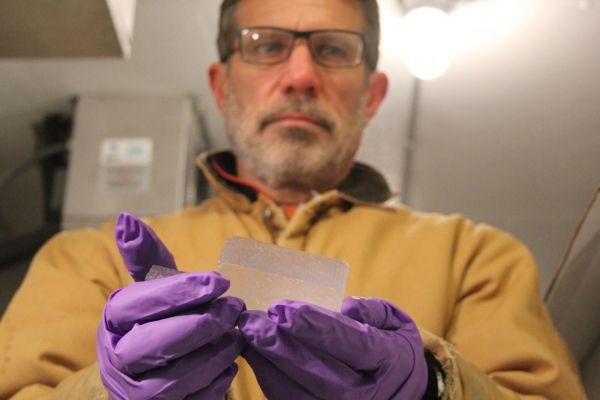Two million-year old ice from Antarctica recently uncovered by a team of researchers provides a clearer picture into the connections between greenhouse gases and climate in ancient times and will help scientists understand future climate change.
In a paper published today in Nature, a group of scientists used air trapped in the bubbles in ice as old as 2 million years to measure levels of the greenhouse gases carbon dioxide and methane. The group was led by John Higgins and Yuzhen Yan of Princeton University and Andrei Kurbatov of the University of Maine, and included Ed Brook at Oregon State University and Jeff Severinghaus at the University of California, San Diego.
This is the first time scientists were able to study an ice core that old. Previously, the oldest complete ice core provided data back to 800,000 years. Past studies using that core and others have shown that atmospheric carbon dioxide levels are directly linked to Antarctic and global temperature during the past 800,000 years. Prior to that, the connection between climate and carbon dioxide levels has not been as well understood.
The paper published today in Nature begins to change that.
Read more at Oregon State University
Image: Oregon State University Professor Ed Brook holding 2 million-year-old ice. (Credit: Oregon State University)


